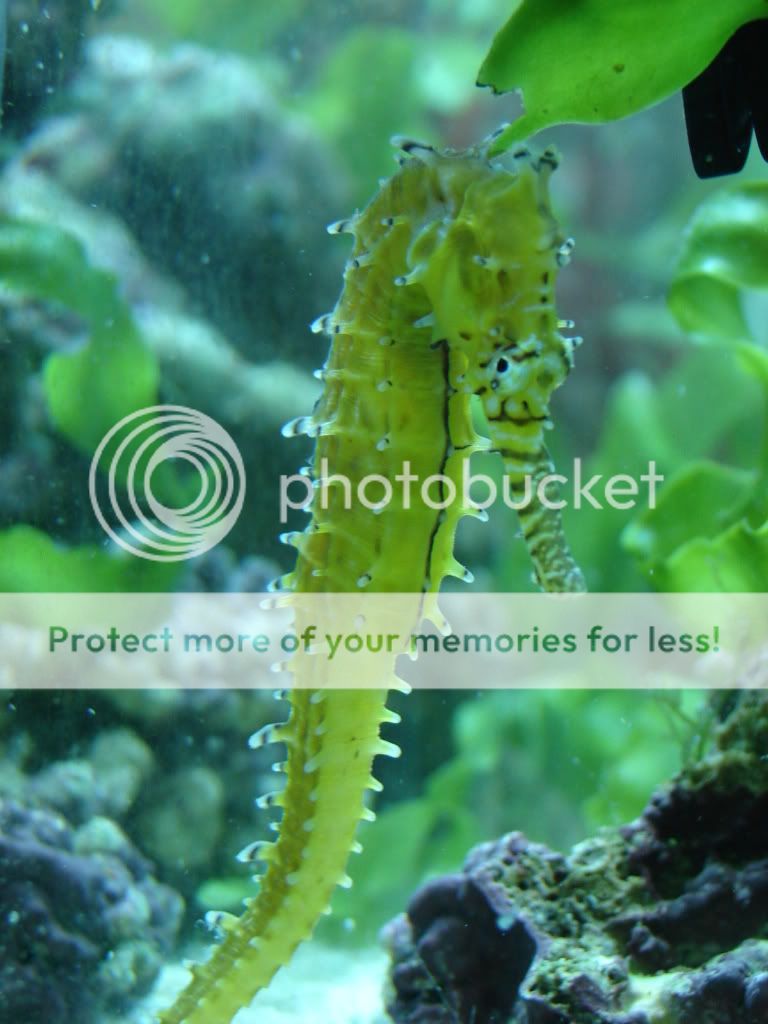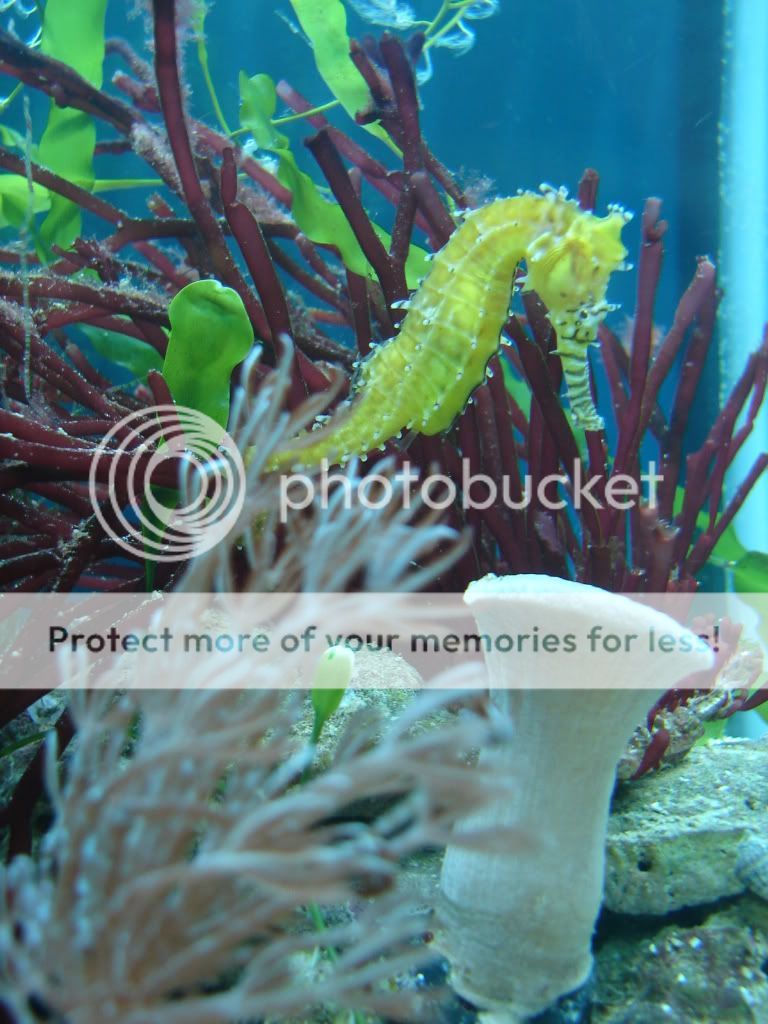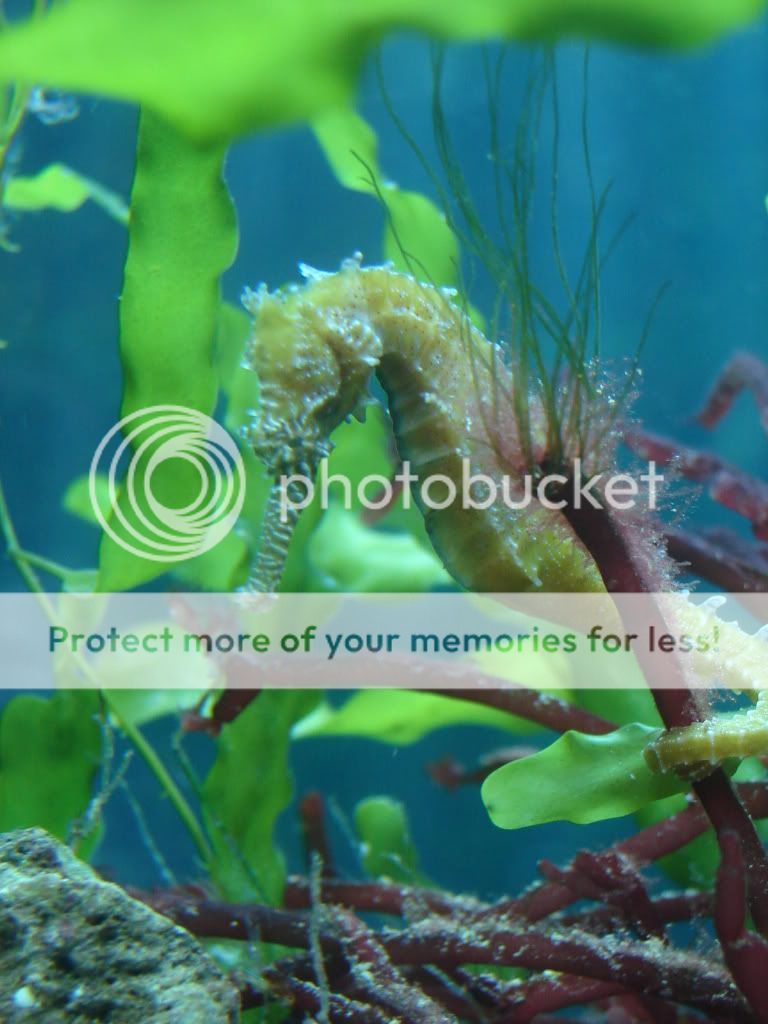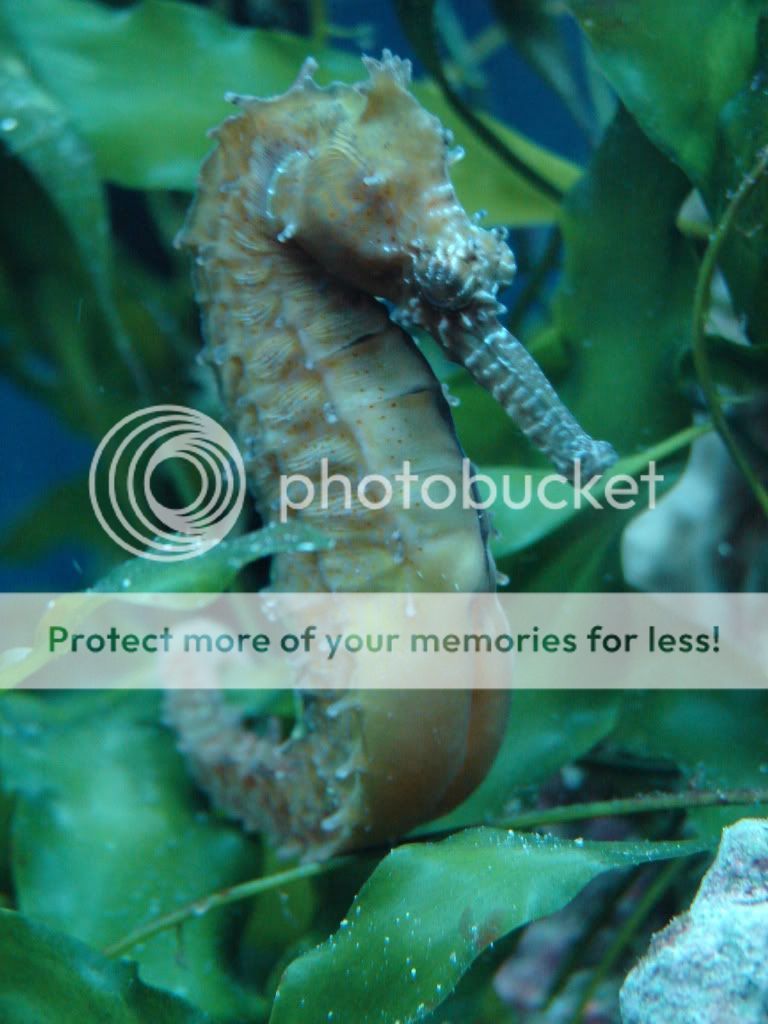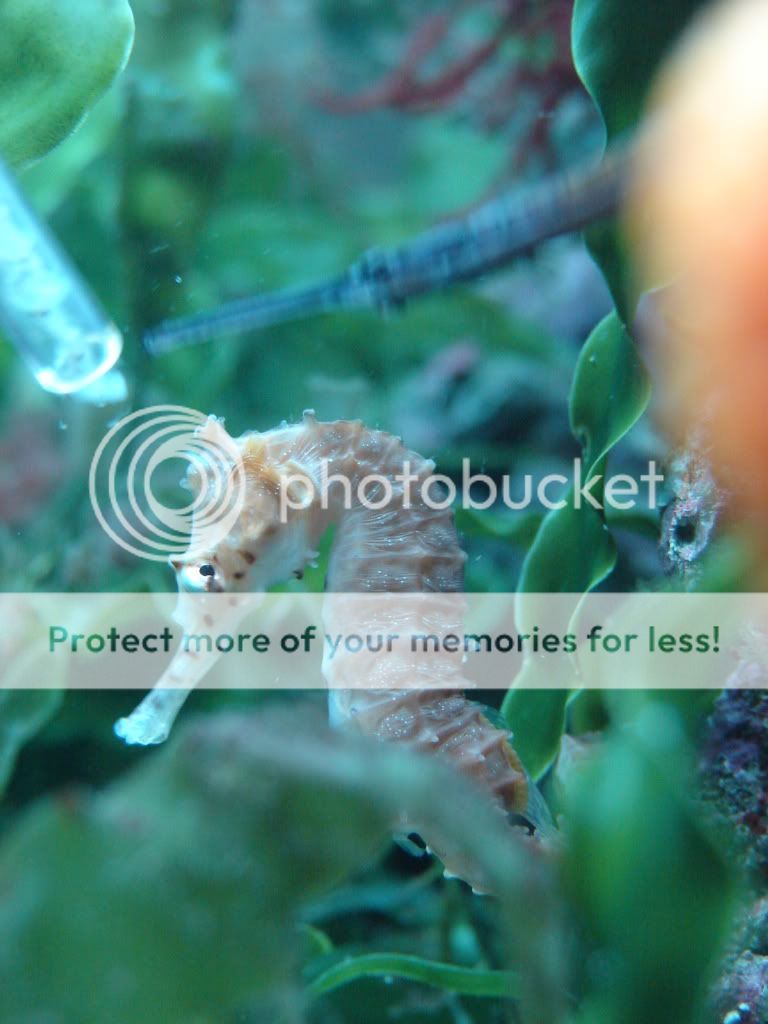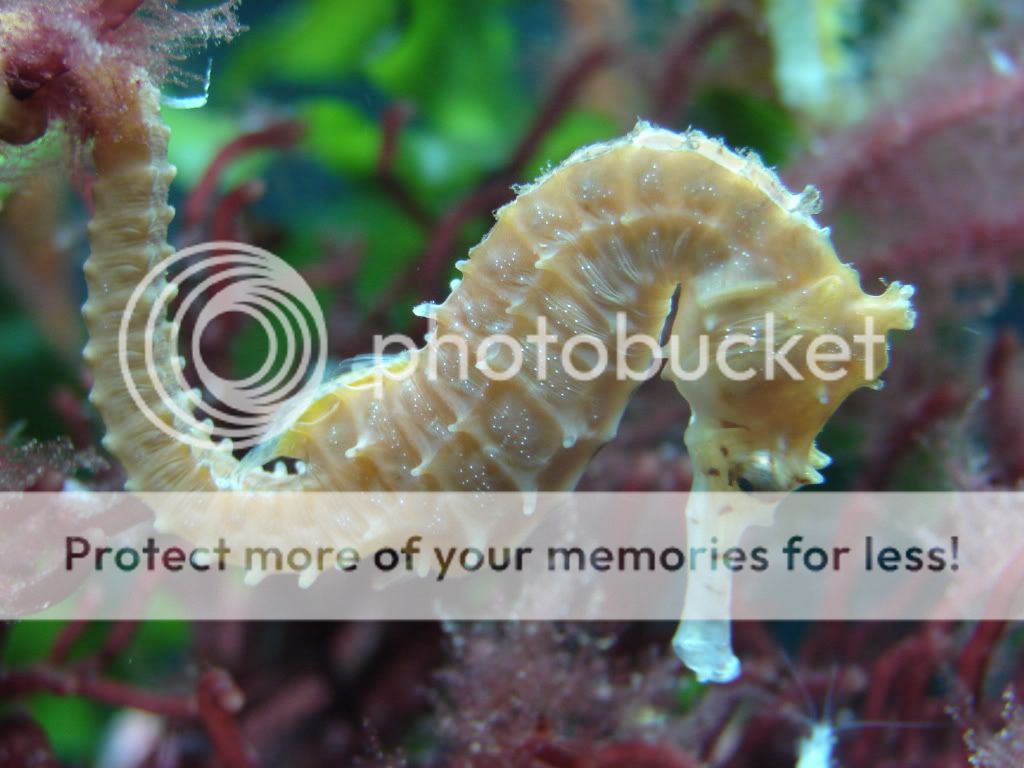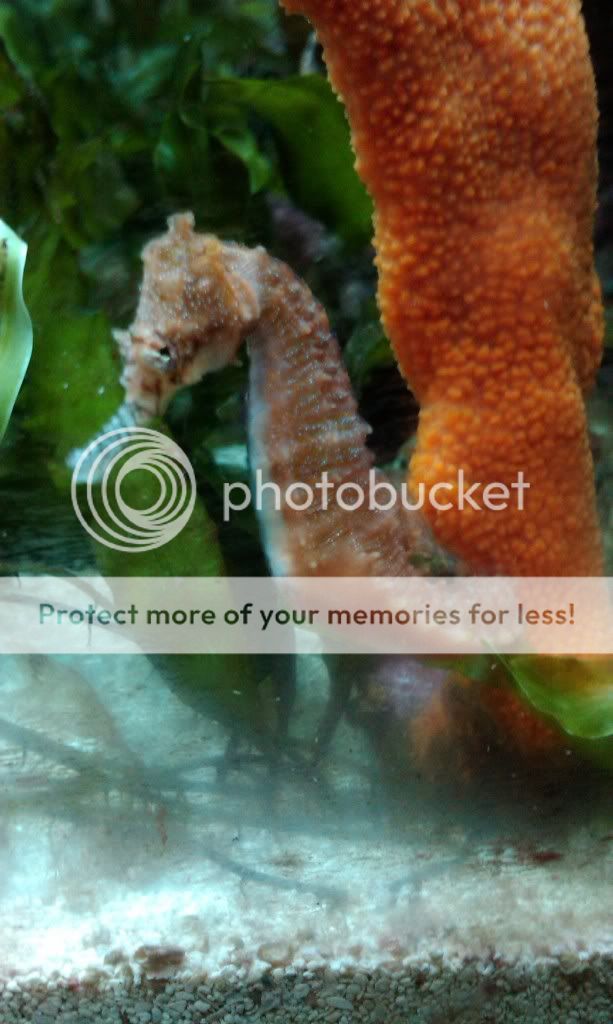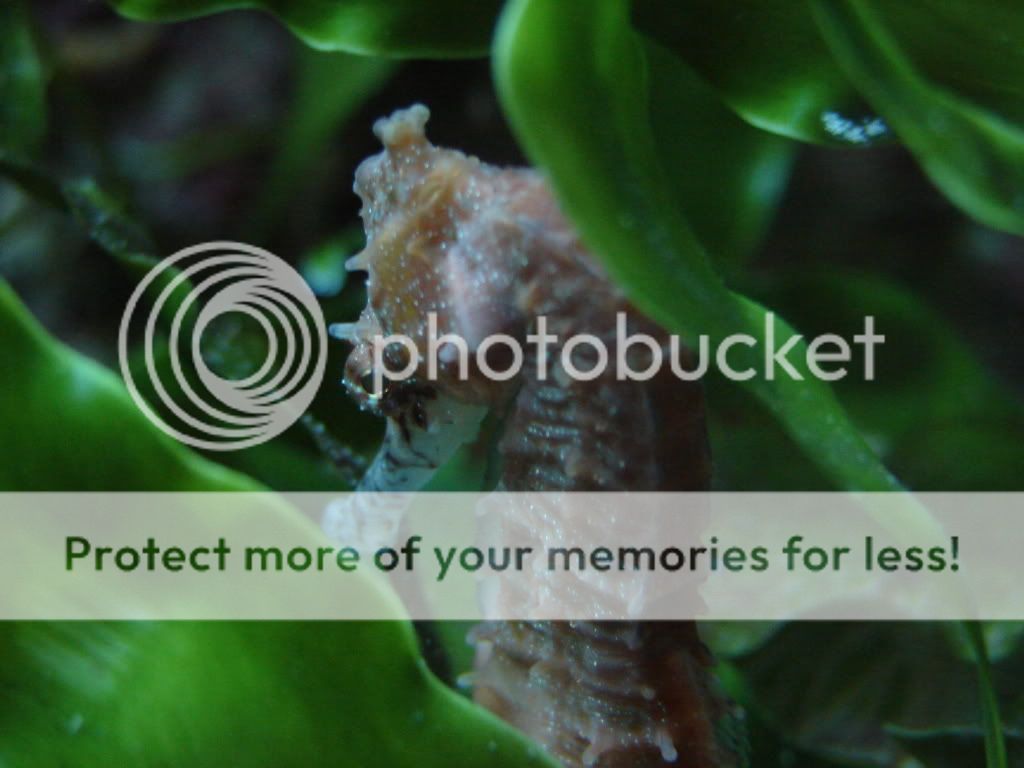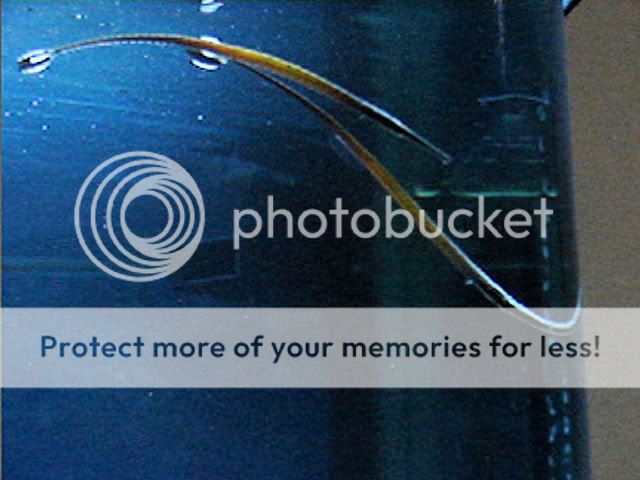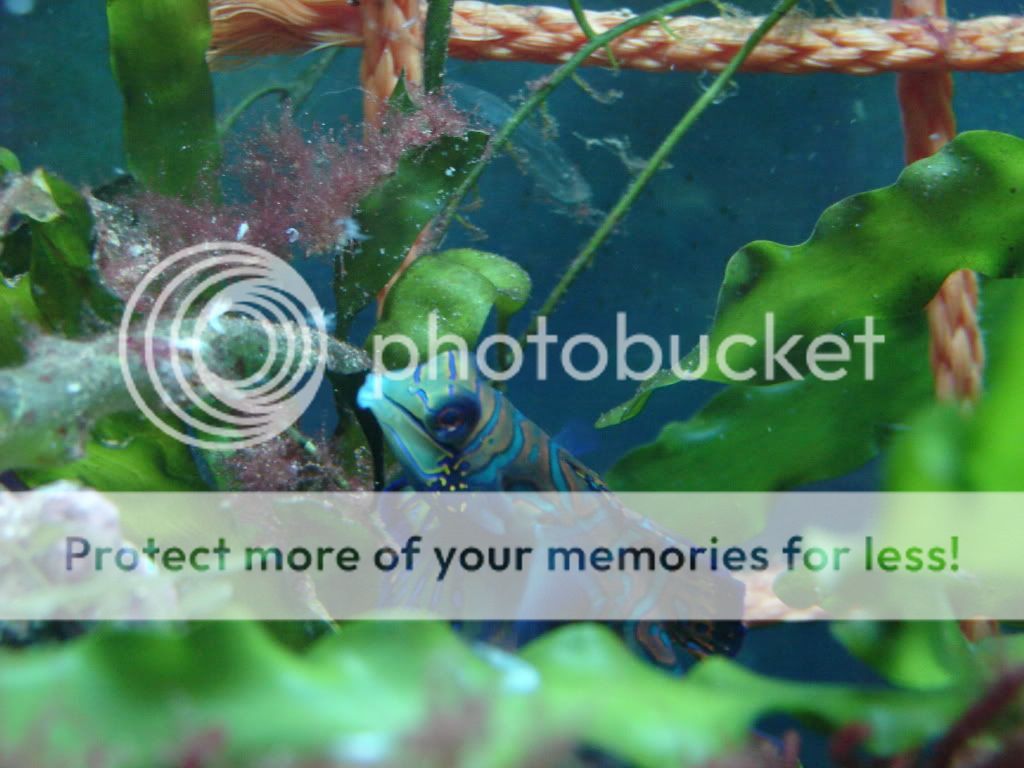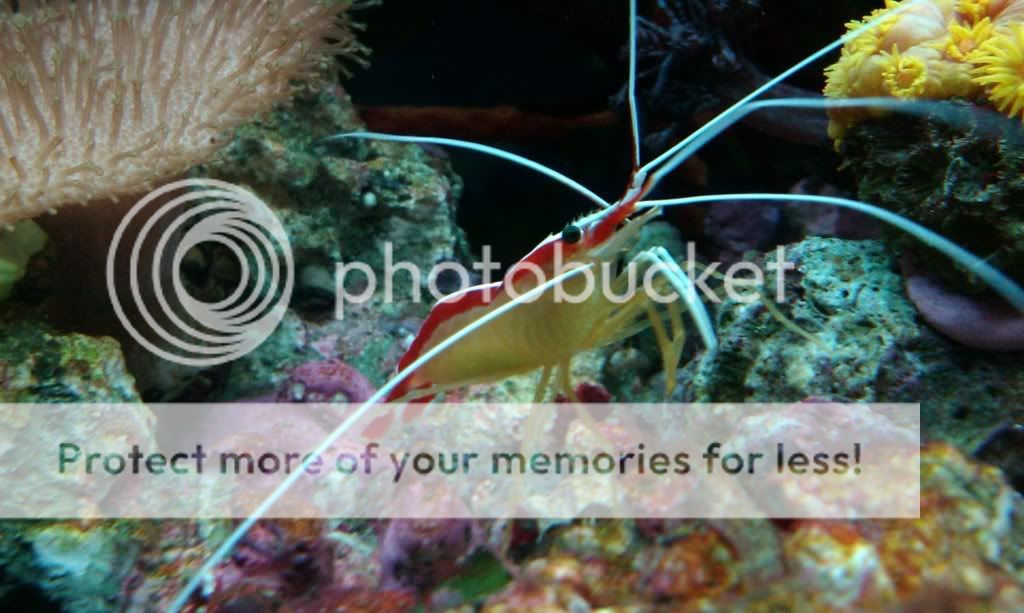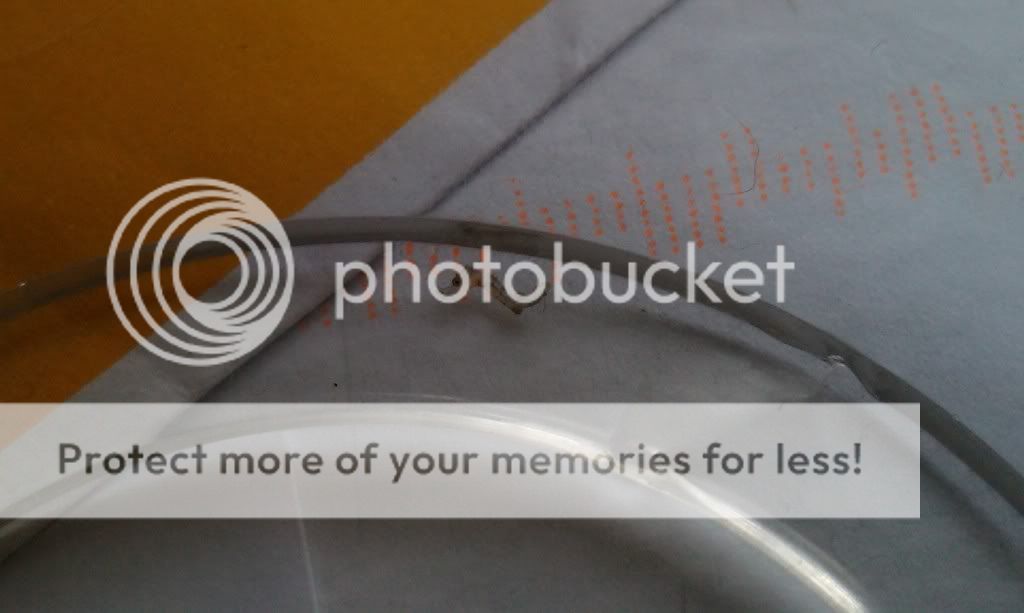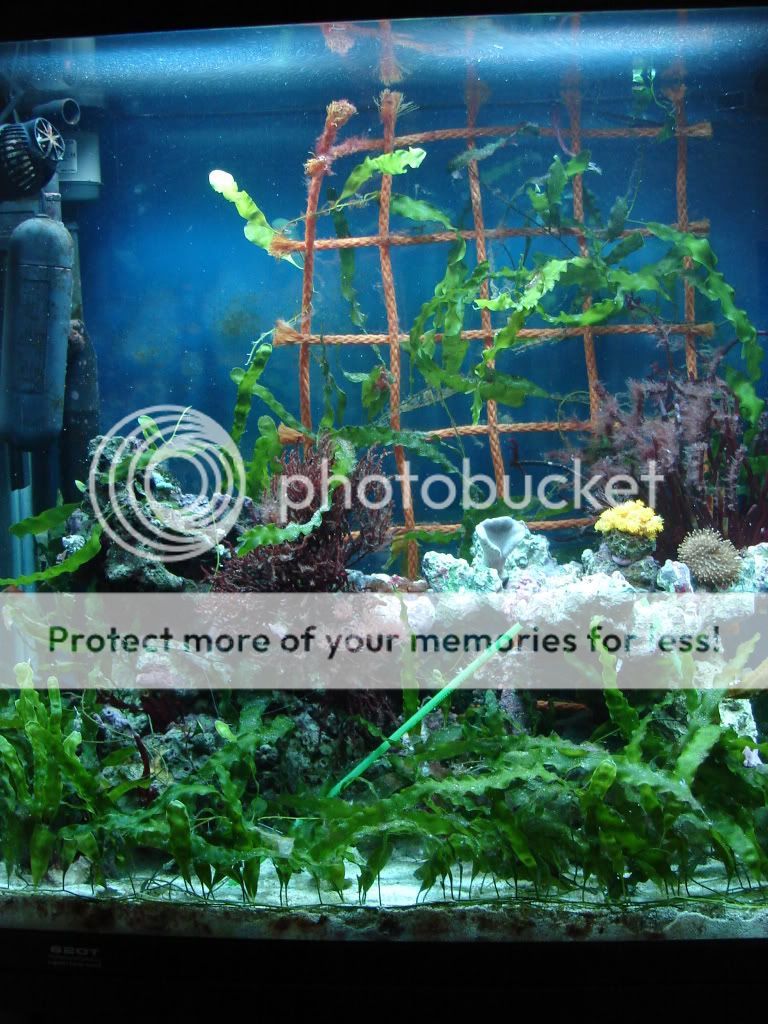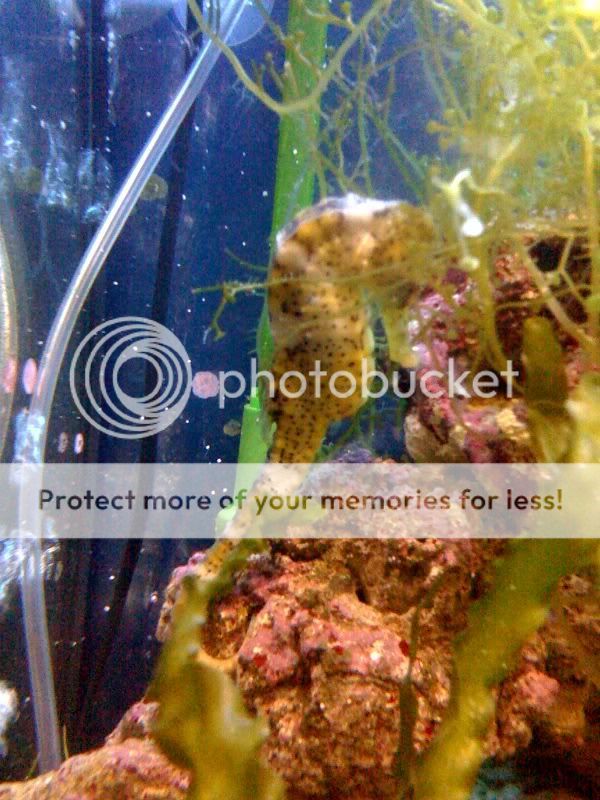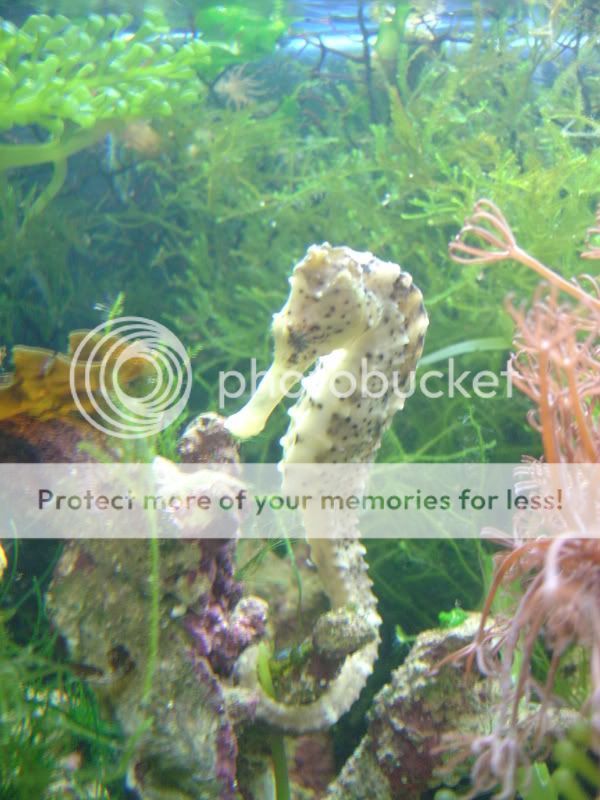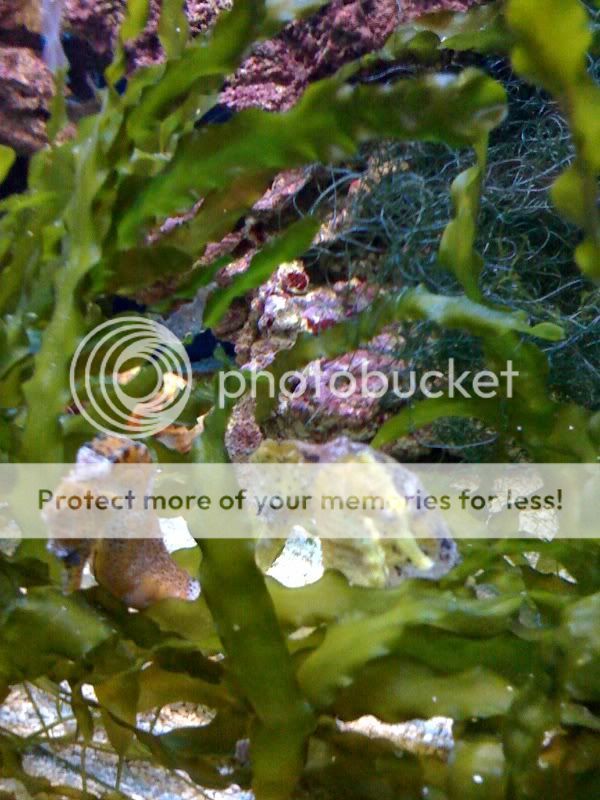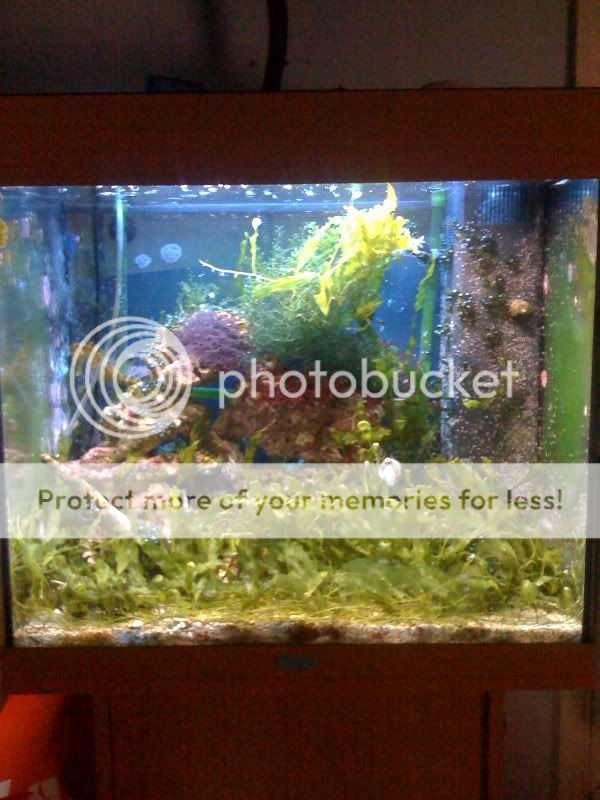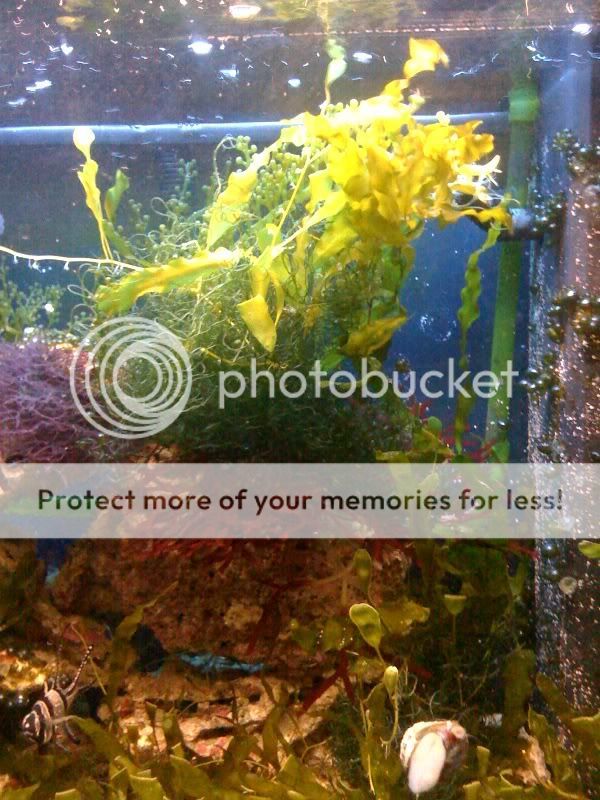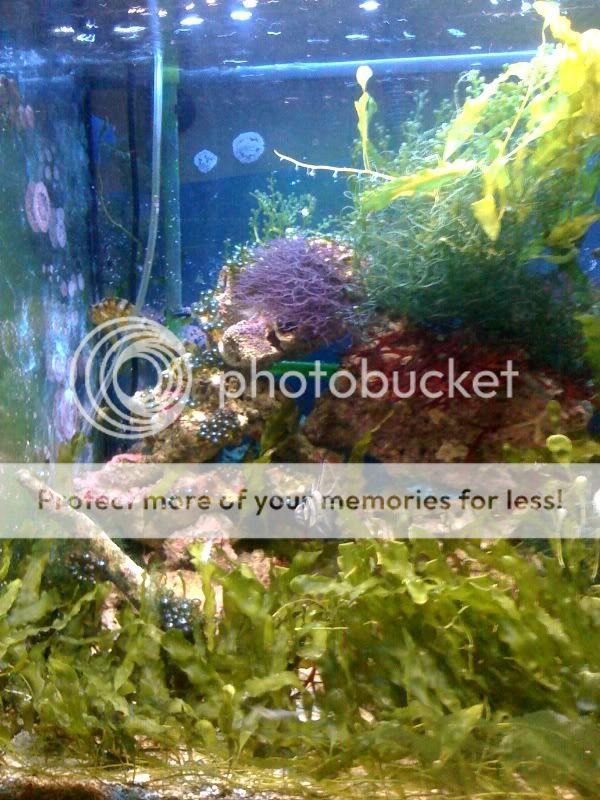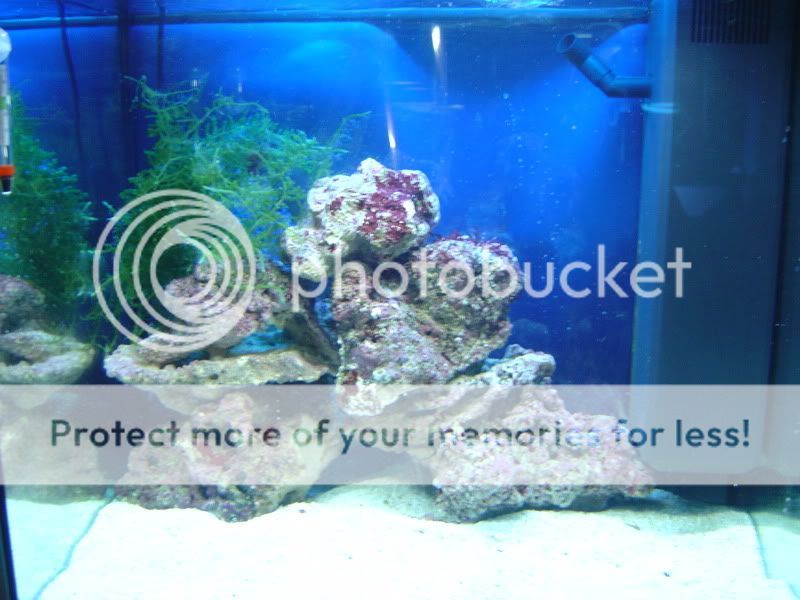Just to note: I have not yet kept any seahorses but have been reading up on them for months and plan to keep a pair in the near future.
Kelwoo has already given a lot of good information so im just going to add a few bits that spring to mind.
Selecting the right species:
This is very important and where a lot of research is needed. Not all seahorses that are commonly available are tropical, some come from temperate waters so will need a slightly cooler tank.
Dwarf seahorses are more difficult then you may think. Unlike other seahorses they HAVE to be kept in a small tank (10g is usually recommended). The reason for this is that they have to have a large concentration of food (usually live baby brine shrimp) and in too large a tank it is not possible to keep the food concentrations high enough and they will starve.
As mentioned above by Kelwoo, seahorses need a deeper tank (at least 20 inches, 24 or more is ideal). Around 15-20g is the suggested minimum tank size for a smaller pair of seahorses. As with most things there is debate about tank sizes so min tank size will differ depending on who you talk too (everyone agrees that they need at last a 20inch deep tank and that bigger is better though).
Whatever species you decide to get you MUST make sure they are captive bred and feed on frozen food. Yes it is possible to cultivate live food however this is a massively time consuming process when done on a large enough scale to keep adult seahorses well fed and if you have a culture or two crash then you can find yourself stuck with no food.
Feeding:
Feeding it probably one of the bigger problems for seahorses. If you get some that are eating frozen food it is easier. As Kelwoo mentioned it is a very good idea to use vitamin enrichments with the frozen food. Personally I'm also added live pods to the tank to keep the population as high as possible.
The other thing to mention when feeding is that seahorses are not active feeders. They will tend to stare at a bit of food for awhile before deciding to eat it. That's why you need to be careful what tank mates you have with them and why you will often need to target feed them.
Another common method for feeding them is to use a bowl with hitching posts around it. The frozen food is then dropped into this and the seahorses can then feed at will. Often you will have to train them to use the bowl. The best way to do this is to put some food in the bowl and then use a long pipette or turkey baster to target feed the seahorses and gradually lead them over to the bowl.
I plan on making bowls with tubes that go to the surface of the water above them. This way I can drop the defrosted food into the tube and it will slowly sink down into the bowl.
Tank equipment:
Seahorses are not strong swimmers and do not like too much water flow. I plan to have the main return pump in my nano tank coming out inside the LR stack. This way there will be a lot of flow through the rocks but it will be greatly diffused by the time it gets to the outside.
Skimmers are a hotly debated subject amongst seahorses owners. Seahorses are prone to a condition where they get air bubbles trapped inside them (which is fatal). There are some links that skimmers may increase the chances of this happening. However there is no proof either way and I have spoken to people who have been successfully keeping seahorses both with and without skimmers.
On the same subject it is important not to have any (if possible) micro bubbles in the tank so if you do use a skimmer make sure that all bubbles are remove from the output before it returns to the main display tank.
Breeding:
Most seahorses are fairly easy to breed but the difficultly or rearing fry varies between species. Some seahorses have a larval like stage (not quite but its similar) and others will give birth to fully formed versions of themselves. I cant give much more information on this as I dont know that much myself yet

Tank mates:
Tank mates (including CUC) have to be chosen with a lot of care. Crabs or any kind (including hermits) are a big no no.
If corals are to be added to the tank ensure they are ones that can survive lower light conditions and do not pack a big sting.
Make sure that any fish you include will not out compete the seahorses for food or be aggressive towards them.
Don't forget also that some seahorses species are not tropical so if you have a temperate species of seahorse you will need to find fish that are also from cooler waters.


